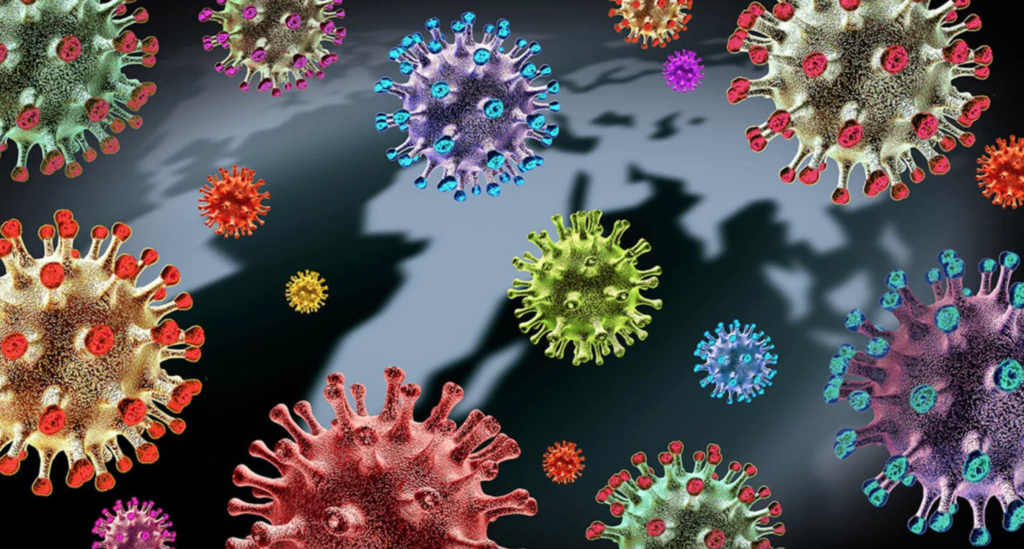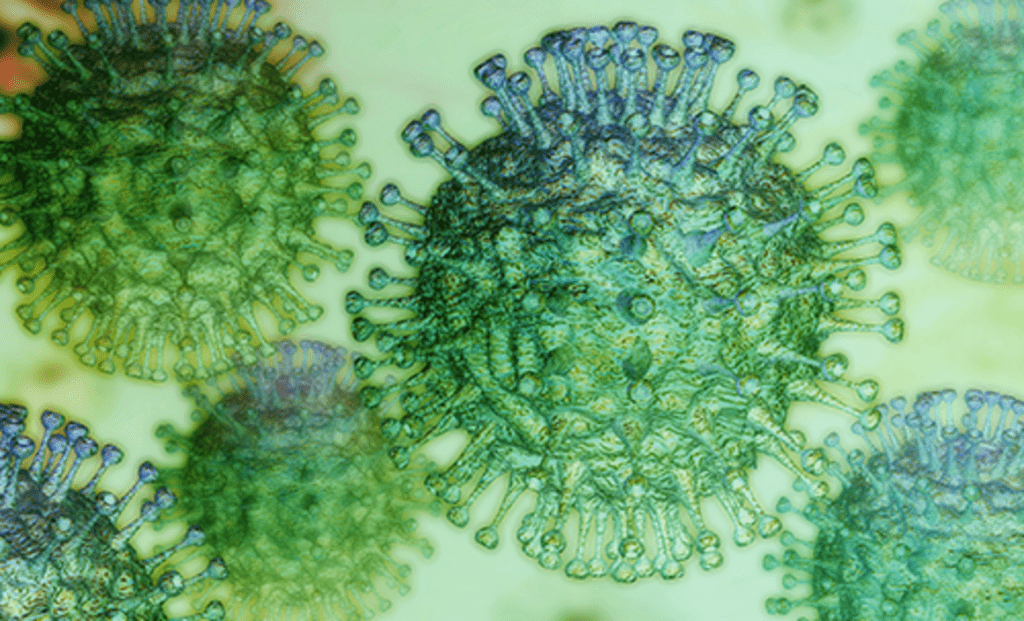A Pandemic Post-Mortem

I started sharing data on social media in late December about the omicron variant in southern Africa and European countries such as Denmark, showing how much more infectious it was, and had become decoupled from severe disease and death. Based on this I tentatively called the beginning of end of the pandemic, a fact that is now being recognized in almost all jurisdictions. But this apparent resolution of the pandemic has also come at huge cost, putting a squeeze on our already exhausted health care system. Fortunately, this huge burst in cases as well as the dramatic increase in hospitalizations have turned a corner in most places. Given that we’re now experiencing a bit of a breather, hopefully with the elimination of health restrictions soon, it’s an appropriate time to begin a post-mortem analysis.
I came out in favour of vaccines in early 2021 after I saw independent data that analyzed the efficacy claims of the drug manufacturers. This is despite the fact that I am no friend to Big Pharma, and in 25 years of practice, have personally witnessed and reviewed several cases of vaccine injury. So it was somewhat painful for me to come out in favour of vaccines, when I was well aware that it would likely cause disease and even kill some people. To date, any peer-reviewed analysis continues to support the vaccination push, demonstrating that it saved many more lives than it injured or killed. It nonetheless remains a very messy conclusion, and provides no comfort to the folks that did suffer some kind of vaccine injury. The reality is that no matter what we did in the midst of a pandemic, we were always going to get some things wrong, and experience serious loss and suffering. Consider the fact that even if you weren’t infected with COVID or vaccinated, we’re all suffering from some degree of neuroinflammation. As I think any dentist will tell you, since the beginning of the pandemic, almost everyone grinds their teeth these days.
While advocating for vaccines, I also warned about putting all our pandemic “eggs” in the vaccine basket, and that mandates in particular would deepen the divide in an already fractured society, further undermining trust in our public institutions. As a Canadian, this became very evident with the recent “Freedom Convoy” that occupied our nation’s capital and interrupted the flow of US/Canada trade. While I was well aware of its far-right elements, it was also reflective of the legitimate, pent-up frustration the public has with COVID restrictions. It was a mistake for the political establishment to ignore them or paint all those supporting the convoy as “racist” and “misogynist” as our Prime Minister did, as I knew several people I would consider to be progressive-minded that, at least at one point, had sympathy for this protest movement.
One thing we were told to do from the outset of the pandemic was to “trust the science”, without questioning whether or not “trust” is even an appropriate consideration. For one thing, much of the advice that science provides is little more than a calculated gamble based on the available data, which should engender not “trust” but confidence. I think there is a big difference between trust, which often seems blind, and has long been a tool for social and spiritual control, and confidence, which is based on a thoughtful analysis and consideration of options. As well, I think we confused medical science for ALL science, and did not give sufficient voice to the ideas and data gathered from other branches of science, including the social, economic, and political sciences. Of course it didn’t help that that the tone of public health officials sometimes seemed patronizing, often making confusing and contradictory recommendations, as they did with issue of masking.
Although recommended by the science, I had serious concerns about the sustainability of lockdowns as a strategy to control the pandemic, and in particular, was worried that closing down schools would deprive children of their developmental need to socialize. Initially, lockdowns were understandable, but as it became clear that children were at very low risk for COVID, we should have returned kids back to school ASAP, with proper measures put in place such as ventilation and air purification. Likewise, given the low rate of severe infection, I have not been in favour of vaccinating children under the age of five, as Pfizer is attempting to apply for – especially with a non-omicron-specific vaccine – because a cost-benefit analysis does not support it. If we’re really concerned about vaccination, we should be focusing on vaccinating kids for measles, which has completely fallen off these last two years because of the pandemic, as measles has a case fatality rate of 3/1000, compared to 2/1,000,000 for COVID.
With regard to young people, there were also some serious deficiencies in how vaccines were administered, and in particular, a failure to ensure needle aspiration prior to vaccination. This is a technique that all nurses learn in their training to avoid injecting the medication directly into the bloodstream, which increases the likelihood of adverse effects. It now appears that the high rate of heart inflammation (myocarditis) experienced by healthy young men after vaccination may have been due to a failure to aspirate the needle. While it’s not known why this group is at higher risk, it might be related to the influence of increased testosterone during puberty which increases blood vessel growth in muscle – particularly the deltoid in physically active young men. While this adverse event was initially down-played by public heath, a preprint released in Dec 2021 suggested that vaccine-associated myocarditis significantly exceeded the rate of COVID-related myocarditis, although the vast majority of cases weren’t life-threatening.
Although there are many more issues to describe, another important issue I want to touch on is the complete failure of public health to address the issue of vitamin D3 deficiency, which has been at epidemic proportions in most parts of the world probably since the advent of the industrial age. Well before the pandemic began, there was ample evidence that the severity of infectious diseases such as influenza were significantly increased in a vitamin D3 deficient state. In my very first newsletter during the pandemic I provided both research and anecdotal experience demonstrating the importance of vitamin D3 supplementation. Since then, in subsequent newsletters and on social media, I have continuously featured clinical research on vitamin D3 and COVID, the most recent study demonstrating that increasing serum 25(OH)D levels to 40 ng/mL or higher reduces the risk of COVID severity by fourteen times. Hopefully, all this research is incorporated into public health policy, that rather than rely only on stop-gap techniques such as vaccines, that we invest in measures to increase our collective resistance to infectious disease.
If you have read this far, I thank you for your willingness to listen, but I am aware that many on either side of this debate will probably have stopped reading by now. While I have strived for a thoughtful and balanced perspective, I know there are many that will take issue with me no matter what I say. What has become abundantly clear is that the pandemic has amplified the deep social polarization that we’ve been undergoing for some time. In part, this seems to be a side-effect of the internet age and the viral spread of misinformation, with no apparent solution to this problem.
In actuality, the solution lies in understanding the temptation of polarization, and learning as individuals to accept and hold the pain of simultaneously contradictory positions. When faced with a barrage of contradictory information, my advice is to slow your mind down, and do not come to any hard conclusions about anything. If we live in an eternally changing universe, as both Buddhist philosophy and science tells us, how does it make sense to be adamant about any position? To quote modern-day philosopher and psychonaut Robert Anton Wilson, “I do not believe in anything, but I have many suspicions.”
When it comes to ascertaining the truth, the Buddha’s advice is retold in one of the oldest sutras in Pali Canon, given to the villagers of Kesaputta, who had heard the spiritual advice of so many gurus passing through that they were quite confused. When they expressed their concerns to the Buddha, he replied:
“It is proper for you, Kālāmas to doubt, to be uncertain; uncertainty has arisen in you about what is doubtful. Come, Kālāmas. Do not go upon what has been acquired by repeated hearing; nor upon tradition; nor upon rumor; nor upon what is in a scripture; nor upon surmise; nor upon an axiom; nor upon specious reasoning; nor upon a bias towards a notion that has been pondered over; nor upon another’s seeming ability; nor upon the consideration, ‘The one who preaches is our teacher.’
Kālāmas, when you yourselves know: ‘These things are good; these things are not blamable; these things are praised by the wise; undertaken and observed, these things lead to benefit and happiness,’ enter on and abide in them.”
Aṅguttara Nikāya, Kālāma Sūtta, 4-10
Many people in life will want you to make a decision or come to a conclusion, and offer many reasons to believe their perspective, but as the Buddha illustrates, a truthful path is only be borne out by observing the impact of its implementation. We can have the greatest confidence in our decision to act if we can see that the path leads to good, brings happiness, and above-all, alleviates both our suffering and the suffering of others. Conversely, if the path involves denouncing or blaming others, engenders fear or anger, and encourages disrespect or harm, it should not be considered truth.







Responses